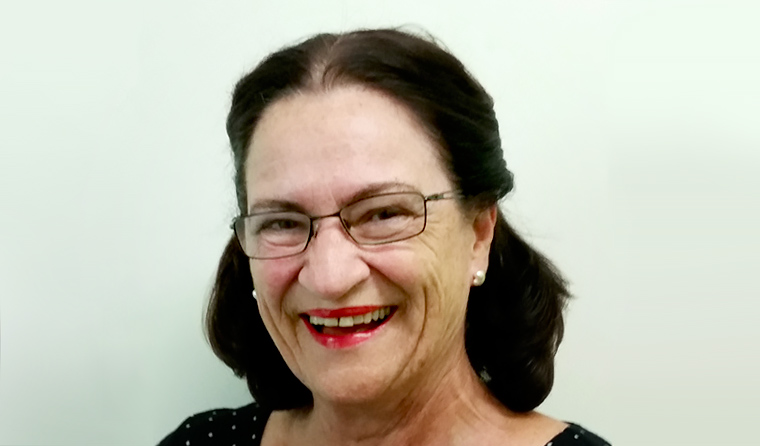News
Innovative project aims to support home-based palliative care
A new resource-based initiative is designed to support those providing care for patients who wish to die at home.
 The caring@home project is designed to provide support for carers to safely manage palliative patients’ pain relief.
The caring@home project is designed to provide support for carers to safely manage palliative patients’ pain relief.
The majority of palliative patients in Australia would prefer to be cared for and to die at home.
For most of these people, however, those wishes will not be fulfilled.
caring@home is a national palliative care project aimed to fill this service gap by delivering innovative models of care via a suite of free, standardised and best-practice education resources to individual carers and community services that provide palliative care.
These resources also incorporate training modules to support carers in managing symptoms of palliative care patients safely, using subcutaneous medicines.
Professor Liz Reymond, caring@home project lead, GP and specialist palliative care service provider, believes the project will adequately support carers, particularly in terms of administering pain relief.
‘What we find is that the demand for palliative care is increasing so much that the community services can’t provide 24-hour care in a timely fashion if patients get symptoms at home,’ she told newsGP.
‘For instance, if a patient gets pain during the night it can take hours for them to get any symptom relief ... [but] if the carers can be supported to give the medication, then the person who is dying can get almost immediate symptom relief.’
The caring@home project team emphasises that it is not about replacing the important role of community healthcare professionals in the delivery of at-home palliative care. Rather, the project is designed to augment those roles to improve palliative care services to patients who want to die at home, and involves their carers in breakthrough symptom management, while the patient is still supported by nurses and their GP.

Professor Liz Reymond believes that, with the right kind of training, people can feel confident in caring for their loved ones at home.
Professor Reymond describes where the role of the carer – which is voluntary – fits into the process.
‘After the GP has assessed the patient, worked out what their symptoms are and prescribed the medication, once they’re available in the [palliative care] patient’s house, the nurses can teach the carers about how to open ampoules and draw up the medicine that people may need, and store them for later use,’ she said.
‘That means they will have some pain relief all ready to go in the fridge, so if the patient wakes up at night with pain, the carer can just get one of those syringes and administer the pain relief, instead of waiting for someone else to come and do it.
‘And the whole system is needleless, so there is no fear of needle-stick injury, and it takes away any fear from the carers, because they’re not actually giving people needles.
‘The patient has a subcutaneous plastic cannula already inserted under the skin by a nurse. Then the carer can attach the syringe, with no needle, to the subcutaneous bung.’
Appropriate training for carers in their management of palliative symptoms is an essential part of the streamlined process, according to Professor Reymond, who found in her research that carers who volunteer for this job feel competent and safe if they receive the right training.
The GP’s part of this collaboration is to ensure the medications are overseen correctly.
‘Making sure the medicines are prescribed, available, chartered, and there’s an order in the house so that when other services go in, they know what’s going on,’ Professor Reymond said.
Professor Reymond also recommends ways in which GPs can integrate preparation for palliative care into their practise, by using an app the caring@home project has developed, palliMEDS, to prompt GPs to proactively prescribe appropriate end-of-life medications.
‘Because GPs’ scope of practise is so broad, they only look after a small amount of dying patients in the community a year so they may lose confidence and forget about what the best way is to treat symptoms,’ she said.
‘So the palliMEDS app allows them “fingertip” reminders about what the best medications are for the various symptoms that [palliative care] patients often experience at end of life.’
As a part of the holistic model of care GPs provide, they are also well placed to promote effective symptom management by anticipatory prescribing for common end-of-life symptoms, and involve carers when preparing and giving subcutaneous medicines, according to the project team.
A demonstration kit for carers is among the suite of resources caring@home offers.
‘The demonstration kit is the most important resource,’ Professor Reymond said.
‘Carers can learn without having to practise the system [of administering medicine] on the person who they love – they use a mock system.’
carers end of life pain management palliative care
newsGP weekly poll
Which of the following areas are you more likely to discuss during a routine consultation?